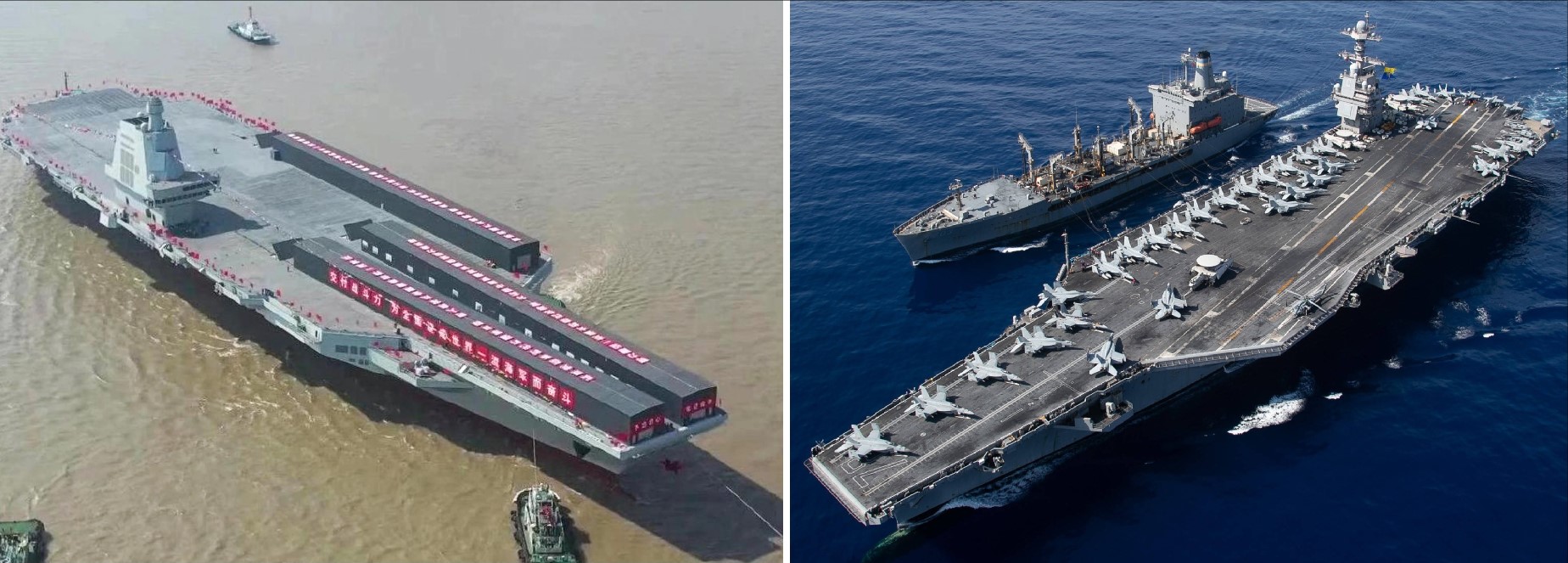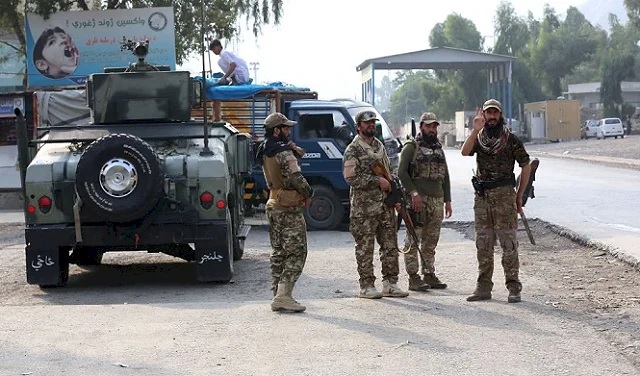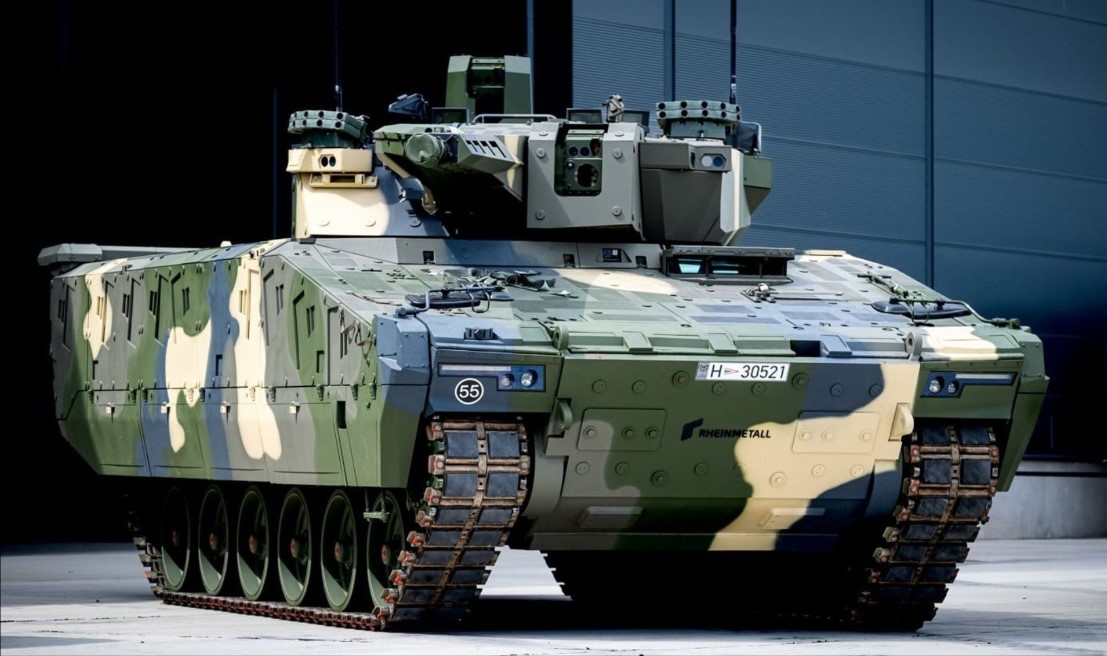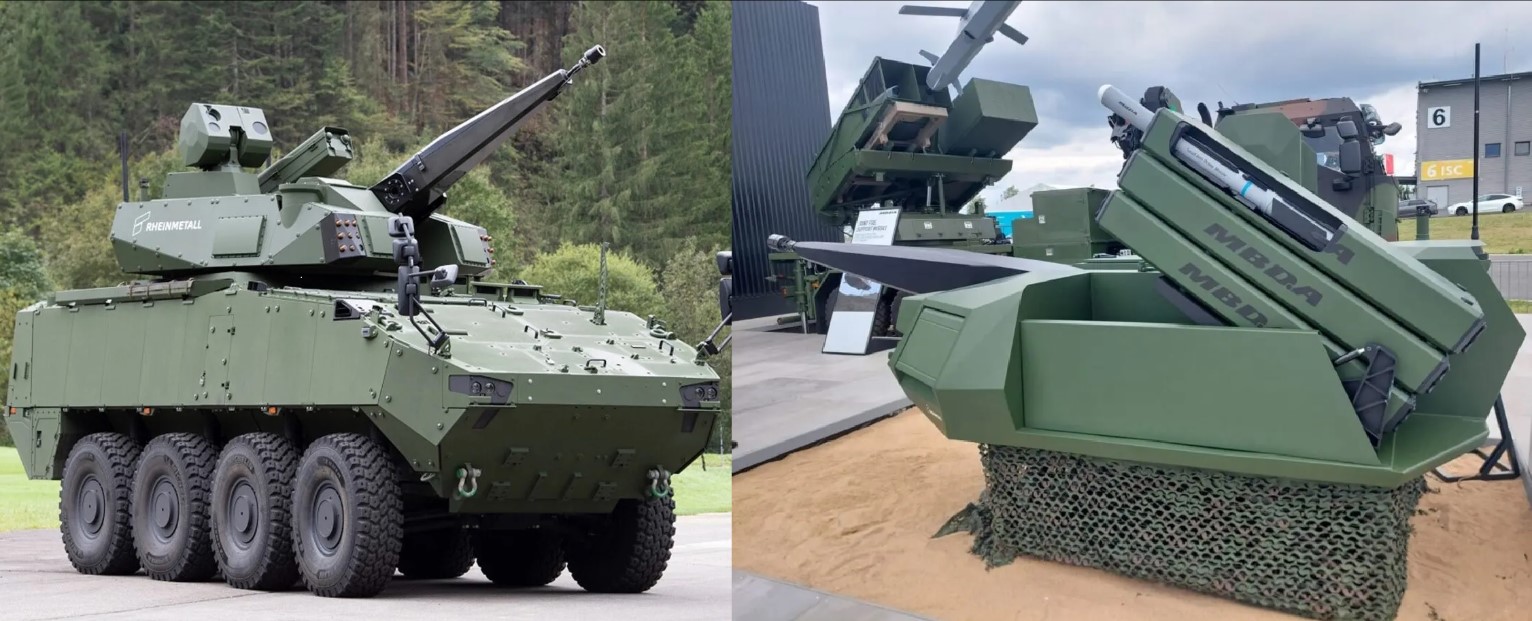Pilot's Decision Amid Mechanical Warnings Leads to Fatal Osprey Crash in Japan, USAF Investigation Reveals

In November 2023, a fatal crash involving a V-22 Osprey off the coast of Japan tragically claimed the lives of all eight crew members aboard. An investigation by the US Air Force has concluded that the crash was partially due to the pilot's decision to continue flying despite repeated mechanical warnings.
The incident began with the Osprey's pilot, Major Jeff Hoernemann, making the critical choice to continue the mission despite multiple warnings indicating a mechanical failure in the aircraft's proprotor gearbox. This gearbox is crucial as it transmits the engine's power to the Osprey's masts and rotor blades. The initial warning, known as a "left-hand proprotor gearbox (PRGB) chip burn" alert, was received immediately after takeoff. Service regulations dictate that pilots should land as soon as possible if this warning is received three times during a flight. However, Major Hoernemann and his crew received at least five such warnings before the crash occurred.
The investigation found that several cracks were present in a crucial component of the gearbox, a toothed piece called a pinion gear. This component's failure likely played a significant role in the accident. Despite these warnings, the crew continued their mission with limited discussion about diverting or landing. They did not consider rendezvousing with a maintenance crew, referred to as G23 in the report, which could have potentially addressed the issue.
When the third warning indicated that they should "land as soon as practical," the aircraft was only 10 miles (16 kilometers) from an airfield. However, Hoernemann chose to continue the 300-nautical-mile (555-kilometer) flight, looking for secondary indications of the problem but finding none. He directed his co-pilot to keep monitoring the situation instead of opting for an immediate landing.
Investigators noted that the pilot's decision-making was a causal factor in the crash. Lt. Gen. Michael Conley, the lead investigator, emphasized that this does not imply blame or liability but highlights the circumstances that led to the tragic incident. Conley suggested that Hoernemann might have been balancing split priorities, including his leadership role in the military exercise they were participating in and the months of planning that had gone into it.
The V-22 Osprey, known for its unique tiltrotor design, combines the functionality of a helicopter with the speed and range of a fixed-wing aircraft. However, it has been subject to scrutiny and controversy due to its complex mechanics and a history of accidents. This crash has reignited discussions about the safety protocols and decision-making processes involved in operating such sophisticated military equipment.
This incident underscores the critical importance of adhering to safety warnings and regulations, especially in the demanding environments that military operations often entail. The US Air Force continues to review and refine its procedures to prevent such tragedies in the future.
✍️ This article is written by the team of The Defense News.






